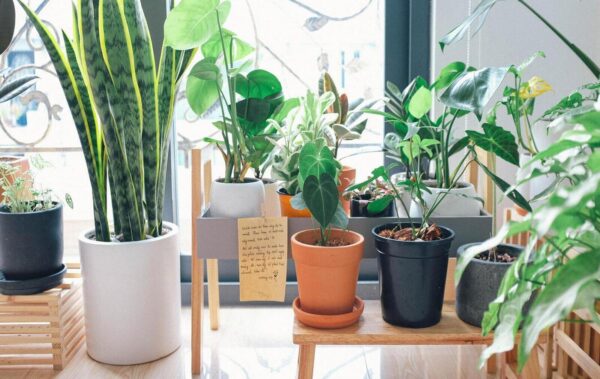No products in the cart.
Crop Rotation: Methods for a Successful Garden

Crop rotation is a gardening technique where different types of plants are grown in a specific area in a sequential manner, usually over the course of a few years. This method helps to improve soil health, reduce pest and disease pressure, and increase crop yields.
There are a few different methods of crop rotation, including:
Three-year rotation:
This method involves dividing your garden into three sections and rotating different types of crops through each section every year. For example, you might plant vegetables in section one in year one, then move them to section two in year two, and section three in year three. This allows different plants to benefit from different soil nutrients and helps to reduce pest and disease pressure.
Four-year rotation:
This method is similar to the three-year rotation, but with an additional section added. This allows for more crop diversity and can help to improve soil health even further.
Companion planting:
This method involves planting different types of crops together that have a beneficial relationship, such as planting beans and corn together. Companion planting can help to improve crop yields and reduce pest and disease pressure.
Intercropping:
This method involves planting different crops in the same area at the same time. The different crops can have a beneficial relationship, such as planting a taller crop with a shorter crop. Intercropping can help to improve crop yields and reduce pest and disease pressure.
Another method of crop rotation is known as “succession planting”, where a new crop is planted in the same area after the previous one has been harvested. This allows for a continuous harvest throughout the growing season and can help to make the most efficient use of space.
It’s important to note that the choice of method depends on the size of your garden, the crop variety, and the weather conditions. Choosing the right method and implementing it effectively will lead to better crop yields, healthy soil and reduced pest and disease pressure.








1 Comment